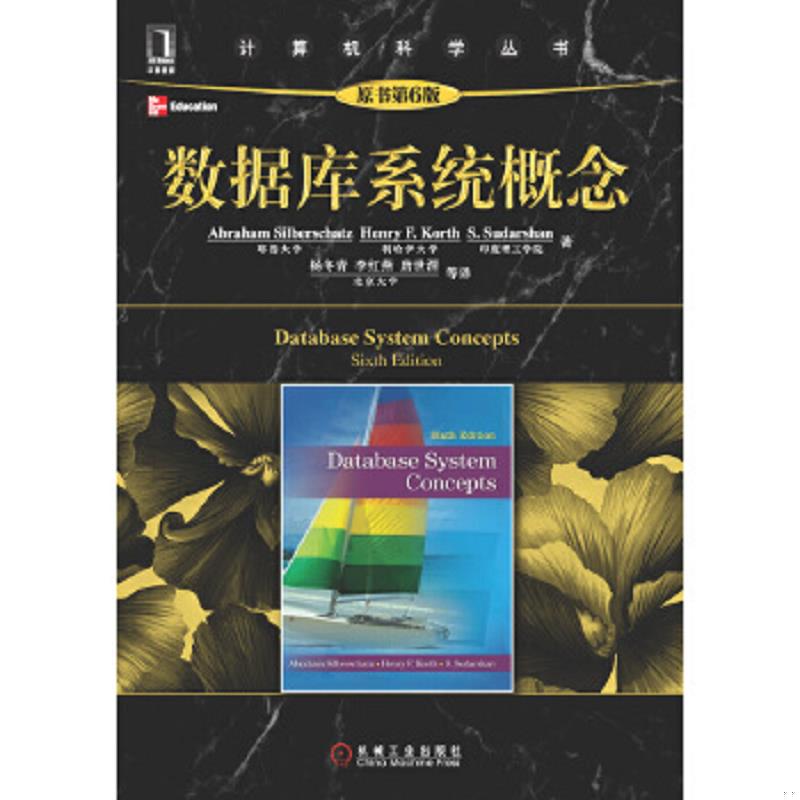在templates目录下新建一个t1.html的文件,内容如下:
<!DOCTYPE html>
<html lang="en">
<head>
<meta charset="UTF-8">
<title>Django操作数据库</title>
<link type="text/css" rel="external nofollow" rel="external nofollow" rel="stylesheet" />
</head>
<body>
<table border="1">
<tr>
<th>车牌号</th>
<th>停车场名</th>
<th>入场时间</th>
<th>出场时间</th>
<th>停车时间</th>
</tr>
{% for item in li %}
<tr>
<td>{{ item.car_num }}</td>
<td>{{ item.park_name }}</td>
<td>{{ item.jinru_Date }}</td>
<td>{{ item.chuqu_Date }}</td>
<td>{{ item.time }}</td>
</tr>
{% endfor %}
</body>
</html>
views.py文件查询数据,并指定调用的模板文件,内容如下:
def db_handle(request):
user_list_obj = models.Demo.objects.all()
return render(request, 't1.html', {'li': user_list_obj})
注意:由于这里是在工程下面的templates目录下建立的模板,而不是在blog应用中创建的模板,上面views.py文件中调用的t1.html模板,运行时会出现找不到t1.html模板的错误,为了能找到mysite/templates下的模板文件,我们还需要在settings.py文件配置模板的路径:
TEMPLATES = [
{
'BACKEND': 'django.template.backends.django.DjangoTemplates',
'DIRS': [os.path.join(BASE_DIR, 'templates')], # 配置模板路径
'APP_DIRS': True,
'OPTIONS': {
'context_processors': [
'django.template.context_processors.debug',
'django.template.context_processors.request',
'django.contrib.auth.context_processors.auth',
'django.contrib.messages.context_processors.messages',
],
},
},
]
下面就可以在浏览器中查看:
引入JS,CSS等静态文件:
在mysite目录下新建一个static目录,将JS,CSS文件都放在此目录下!并在settings.py文件中指定static目录:
STATIC_URL = '/static/'
STATICFILES_DIRS = (
os.path.join(BASE_DIR, 'static'),
)
表单提交数据:
在Django中要使用post方式提交表单,需要在settings.py配置文件中将下面一行的内容给注释掉:
# 'django.middleware.csrf.CsrfViewMiddleware',
提交表单(这里仍然使用了t1.html):
<!DOCTYPE html>
<html lang="en">
<head>
<meta charset="UTF-8">
<title>Django操作数据库</title>
<link type="text/css" rel="external nofollow" rel="external nofollow" rel="stylesheet" />
</head>
<body>
<table border="1">
<tr>
<th>车牌号</th>
<th>停车场名</th>
<th>入场时间</th>
<th>出场时间</th>
<th>停车时间</th>
</tr>
{% for item in li %}
<tr>
<td>{{ item.car_num }}</td>
<td>{{ item.park_name }}</td>
<td>{{ item.jinru_Date }}</td>
<td>{{ item.chuqu_Date }}</td>
<td>{{ item.time }}</td>
</tr>
{% endfor %}
</table>
<form action="/db_handle" method="post">
<p><input name="car_num" /></p>
<p><input name="park_name" /></p>
<p><input name="jinru_Date" /></p>
<p><input name="chuqu_Date" /></p>
<p><input name="time" /></p>
<p><input type="submit" value="submit" /></p>
</form>
</body>
</html>
写入数据库(views.py):
def db_handle(request):
if request.method == "POST":
models.Demo.objects.create(car_num=request.POST['car_num'],park_name=request.POST['park_name'],jinru_Date=request.POST['jinru_Date'],chuqu_Date=request.POST['chuqu_Date'],time=request.POST['time'])
user_list_obj = models.Demo.objects.all()
return render(request, 't1.html', {'li': user_list_obj})
提交数据后,如下图:
总结
到此这篇关于Django数据库(SQlite)基本入门使用教程的文章就介绍到这了,更多相关Django数据库SQlite使用内容请搜索
标签:SQLite
相关阅读 >>
更多相关阅读请进入《Sqlite》频道 >>

数据库系统概念 第6版
本书主要讲述了数据模型、基于对象的数据库和XML、数据存储和查询、事务管理、体系结构等方面的内容。




